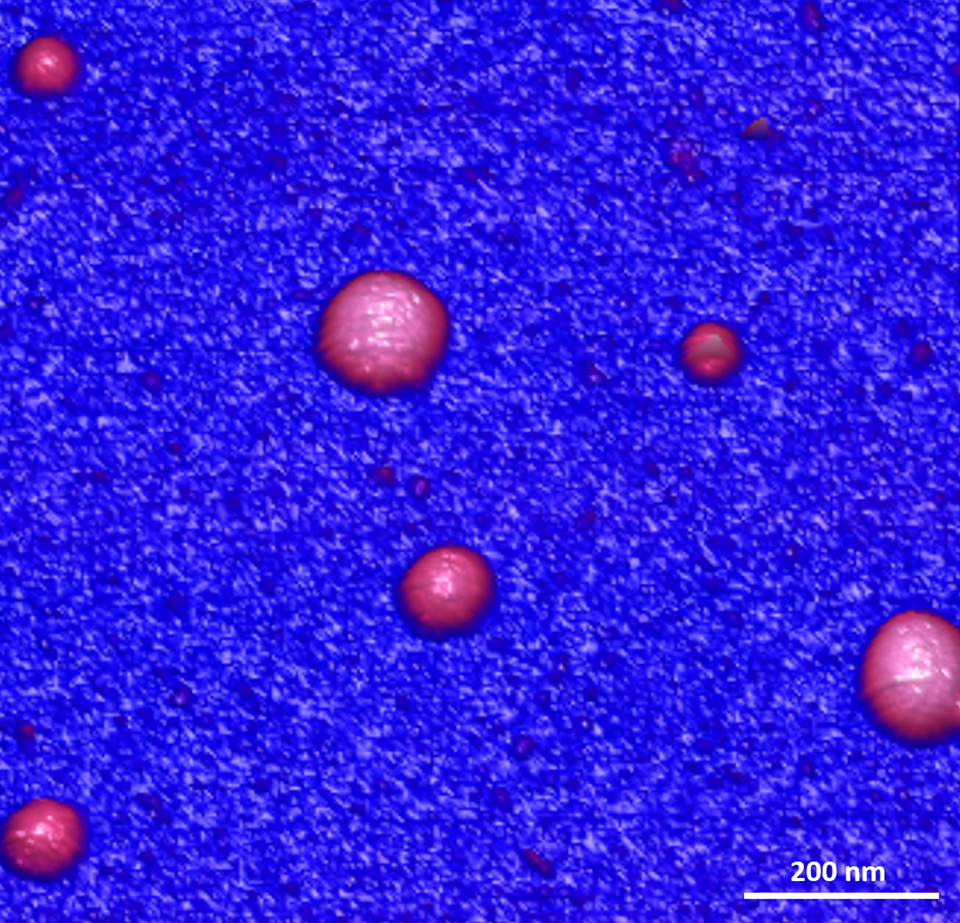It is recently shown that our bodies are equipped with nanoscopic messengers called exosomes. They are present in all our bodily fluids and play a key role in the transfer of signals between our cells. It has been demonstrated that they are able to cross the brain-blood barrier, which offers great potential for the diagnosis and treatment of neurological diseases.
Developing analytical nanotools
In connection with the recently launched project called EXIT (EXosomes Isolation Tool), SINTEF, as part of a multidisciplinary team, will develop a miniaturised analytical tool designed to investigate exosomes in samples taken from patients with Alzheimer’s disease. Exosomes carry different molecules such as proteins, microRNAs and metabolites, which makes them particularly interesting materials for research.
Facts:
Coordinator:
Leiden University, The Netherlands
Partners :
SINTEF AS, Norway
HansaBioMed Life Science (Lonza), Estonia
Erasmus Medical Center, The Netherlands
Fundacio ACE, Spain
The project is financed by EuroNanoMed III (2016-2021), through ERA-Net Cofund Action Horizon 2020.
More information: https://www.universiteitleiden.nl/en/news/2018/06/new-project-funded-to-study-alzheimers-disease
Key to the project are the electroseparation methods developed at the University of Leiden and at SINTEF’s high-tech laboratory known as MiNaLab. MiNaLab will develop a manufacturing process for nanofluidic channels, ranging in depths from between 50 and 100 nm. (For comparison, a human hair is approximately 100,000 nanometres wide.) Such channel dimensions enable the efficient pre-concentration of nano-sized particles, such as exosomes. The exosomes in turn represent an opportunity for use in diagnostics – something that is both innovative and challenging.
Will improve our understanding of the disease
The analytical tool aims to concentrate and separate exosomes from paired samples of blood plasma and spinal fluid. Researchers hope that the exosomes can be used as an early-stage biomarker for Alzheimer’s disease, enabling a diagnosis to be made before the typical symptoms appear. Researchers are also hoping that the study of paired samples of plasma and spinal fluid from the same patient will improve our understanding of the disease mechanism.
The project was launched in April 2018 and is planned to continue until 2021.


